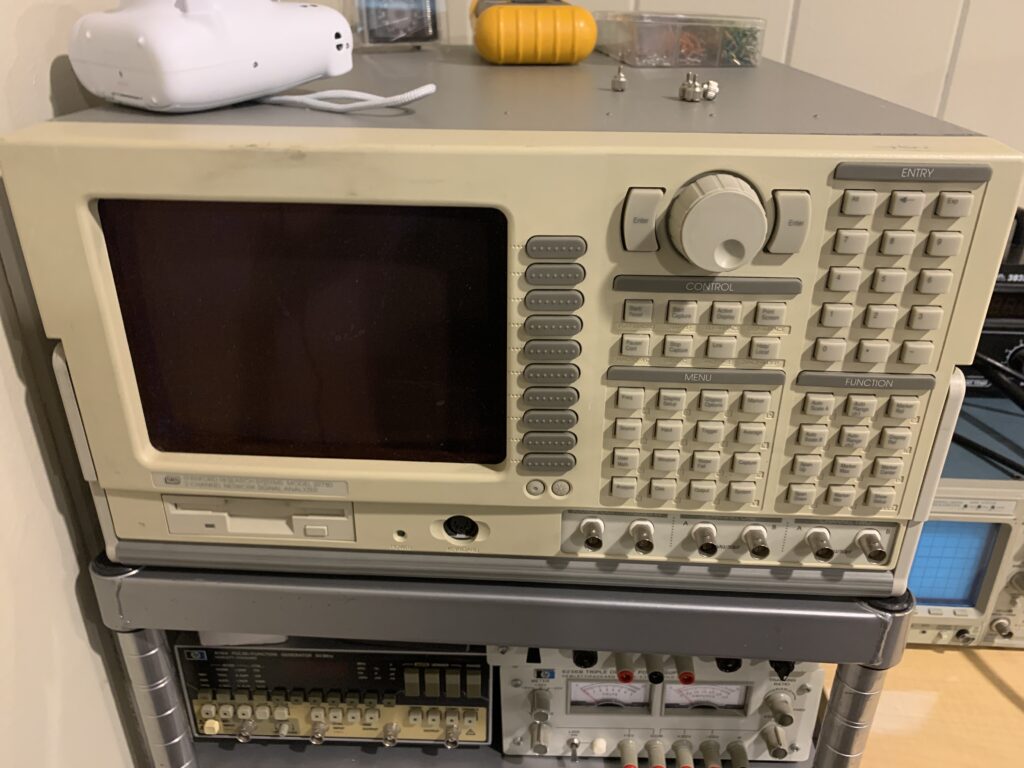A few weeks ago, I was looking to hook my turntable up to a new receiver. Previously, it had been hooked up to a 70’s classic, the Kenwood KR-2090. As much as the linked review rags on it, this receiver has served me really well, and it’s built in phono preamp sounded really nice to my ear.
My new receiver is a 90’s era, low end Sony unit. Being from the 90’s, it lacks any phono preamp. As such, I needed to get a discrete unit. I don’t consider myself an audiophile, so after reading the customer reviews, I decided to go with a cheapo model, the Pyle PP444 (don’t worry, I stripped the affiliate links, so I don’t get a commission or anything). At first listen, I was happy that it ‘worked’ — the gain was about right and it sounded vaguely OK. The more I listened to records, the more it sounded ‘off’ to me, however. I’m not an audiophile, however, and I can’t claim to have a golden ear (I have a tin one, really).
Anyway, this was an excuse to see if I was right, and better yet, an excuse to use my SR780.

I decided to do a comparison. Using a 10mV input signal and a 20Hz to 20kHz log-spaced sweep, I generated the responses for both the Kenwood and the Pyle PP444 (seen below, compared to the reference RIAA equalization curve). I’ve normalized all three responses to 0dB at 20Hz to simplify comparison.

Sure enough, the Kenwood (blue line) perfectly follows the official RIAA curve (yellow line), while the Pyle (orange line) rolls off way more slowly. Even at 1kHz, the Pyle is about 12dB louder relative to 20Hz deep bass than it should be. No wonder things sound tinny!
I guess the summary is that I shouldn’t have expected much from a $13.20 (at press time) preamp, but nonetheless, I feel like I don’t have a good way to be sure if I’m getting one that actually delivers the response I want at any pricepoint.
I guess the summary is, if you care about sound quality, avoid the PP444. If you just want something that will ‘work’, I guess it’s fine.
